Eager to Measure the Impact of Your Climate Donation? Forget Offset Math, Focus on Systems Change
You’ve probably seen it before: “Donate $1 to erase a ton of CO₂.” It sounds simple and hopeful, but at Giving Green, we do not make that claim. In this blog post, we explain why.
In short, this framing appeals to logic and emotion, but it oversimplifies a complex issue. Climate change can’t be solved with transactional actions or simplified metrics.
At Giving Green, we believe donors deserve honesty. Net-zero goals are important, but as outlined in our whitepaper on high-impact corporate climate programs, they are unachievable for most businesses today. The same can be said for individuals seeking to compensate for their personal footprint. These frameworks focus on carbon neutrality and often overlook the systemic changes needed for real, lasting impact. True change comes from transforming systems for long-term emissions reductions, not just negating your carbon footprint.

Cost-Effectiveness Analyses: One Part of a Nuanced Climate Giving Strategy
Cost-effectiveness analyses (CEAs) are one tool of many that we use to explore whether a donation could lead to large emissions reductions relative to its cost. Rather than offering exact measurements, they help us think through what might happen if a nonprofit succeeds.
Once in a while, our donors and partners will liken our CEAs to a form of carbon accounting, but it’s important to clarify that they are not the same. Carbon accounting measures actual emissions reductions from specific activities, often using standardized methods. CEAs, by contrast, estimate the potential impact of a donation based on modeled scenarios—particularly useful for evaluating systems-level work like policy advocacy or technology development, where outcomes are indirect and harder to measure.
CEAs are useful for exploring potential outcomes, but they’re not crystal balls. They allow us to test assumptions, explore scenarios, and evaluate the plausibility of impact, especially in uncertain areas. However, they don’t capture everything, particularly when we’re looking at systems-level interventions, which do not always lend themselves to neat, quantifiable metrics.
To gain a fuller understanding, we combine CEAs with deep qualitative research, examining a climate nonprofit’s track record, strategies, and capacity for systems change. This approach helps us focus on high-leverage opportunities with the potential for long-term, transformative impact.
Why Systems Change?
At Giving Green, we define systems change as efforts that aim to change the rules of the game. This includes policy advocacy, technological innovation, and market shifts that reshape incentives and actions beyond individual projects.
Systems change is often difficult to quantify precisely because it targets levers that may take years to move and depend on unpredictable breakthroughs, adoption trajectories, and political shifts.
For example, it is hard to measure the expected impact of new climate technology because there may not be enough data yet, or the technology may not exist in its final form. But investing in research and development can help determine whether the solution can lead to large-scale impact.
So, many of the most powerful climate solutions—like policy wins and tech breakthroughs—do not fit neatly into cost-per-ton metrics. While hard to quantify, these solutions have the potential to drive lasting, scalable impact.
How to Frame the Climate Impact of Your Donations
For all the reasons mentioned above, it is impossible to precisely measure or predict the emissions reductions per dollar donated to our Top Nonprofits and other Giving Green Fund grantees.
However, we understand that quantifiable metrics, especially when compared with alternative forms of climate action, can provide a helpful frame of reference. So, while we don’t claim to offset carbon, our research shows donations to high-impact climate charities create far greater, long-lasting change than traditional carbon offset programs.
So, with the understanding that the impact of a donation to our top climate nonprofits or grantees is impossible to quantify, below are some loose estimates based on our research:
- The expected value of donating $1 to a high-impact climate nonprofit is approximately 1 ton of CO₂e prevented from entering the atmosphere. (Source: Giving Green’s Research Overview)
- Donations can be roughly 10 times more effective than purchasing high-quality carbon offsets.
- Donations are roughly 50 times more effective than contributing that money to planting trees. (Source: IPCC, 2022)
- A $50 contribution could have an impact comparable to removing a car from the road for a year. (Source: IEA, 2024)
- $1 donated could have an impact comparable to avoiding a transatlantic flight. (Source: Atmosfair)
These numbers help put the impact of your donation into perspective, but they are estimates. Remember that the true value of these donations lies in their ability to drive systemic change.
Note: We use a rough rule of thumb—if something is within an order of magnitude of $1/tCO2e (i.e., less than $10/tCO2e), we consider it potentially cost-effective enough to be a Top Nonprofit. Additionally, to compare the effects of non-CO2 greenhouse gas emissions to CO2 emissions, we use a 75-year global warming potential (GWP). This allows us to roughly estimate the amount of energy the emissions of 1 ton of a non-CO2 greenhouse gas will absorb through 2100.
Ready to Transform Your Climate Giving?
We hope this blog post can help shift your climate giving mindset from “offsetting” to “transforming”. When you donate, you aren’t just neutralizing your carbon impact—you’re funding bold, high-leverage solutions that drive the kind of lasting systemic change that cannot be measured.
If you still have questions about how to measure the impact of your climate donations or want to discuss this further, feel free to book a 1:1 session with our team. We’re happy to help clarify any uncertainties and guide you on making the most impactful choices for your climate giving.
Additionally, if you’re looking to take your organization’s climate program beyond net zero to create real, systemic change, consider bringing us on as your partner. Visit our consulting page to learn about our climate consulting services and how we can help your organization drive lasting, transformative impact.
Support Our Work
Giving Green Fund
One fund. Global impact. One hundred percent of your gift supports a portfolio of high-impact climate organizations, vetted by our research.
Best for:
Donors who want the simplest way to impact multiple climate solutions.
Top Climate Nonprofits
Meet the organizations on Giving Green’s list of high-impact nonprofits working to decarbonize our future, identified through our rigorous research.
Best for:
Donors who want to give directly and independently.
Support Our Work
We thoroughly research climate initiatives so you can give with confidence. For every $1 we receive, our work unlocks another $21 for effective climate solutions.
Best for:
Donors who want to amplify their impact through research.
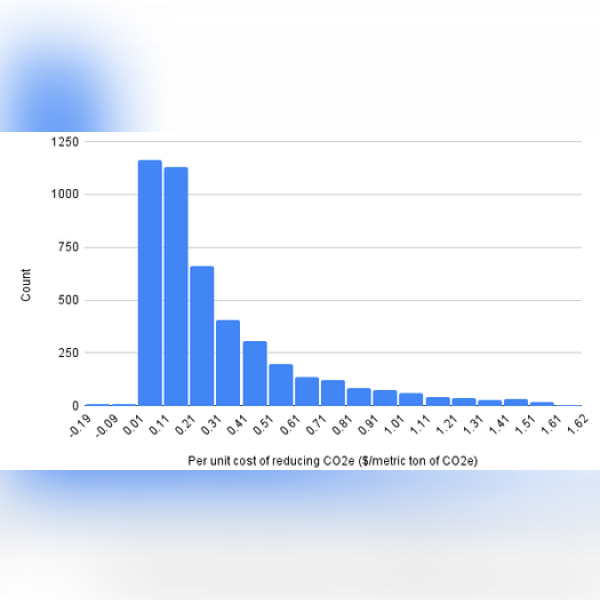











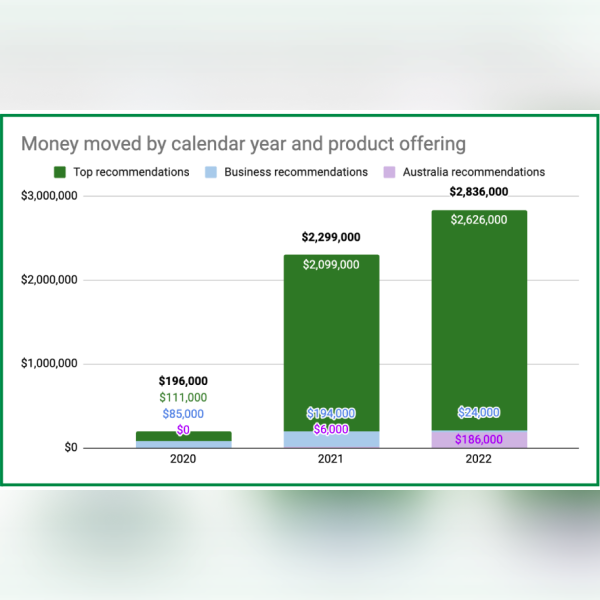



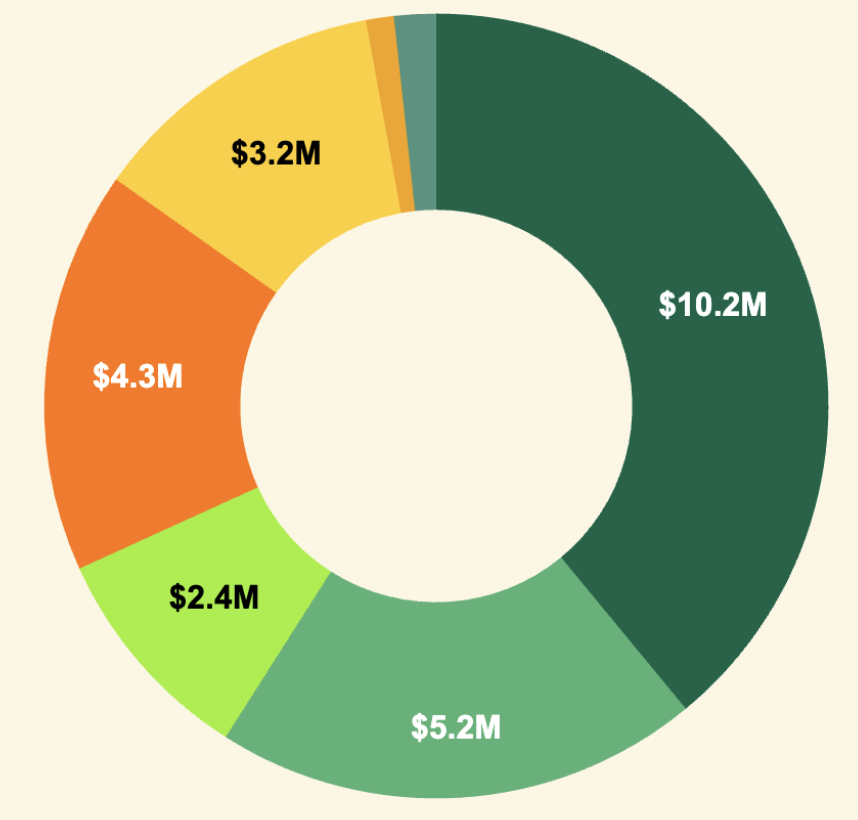






.png)









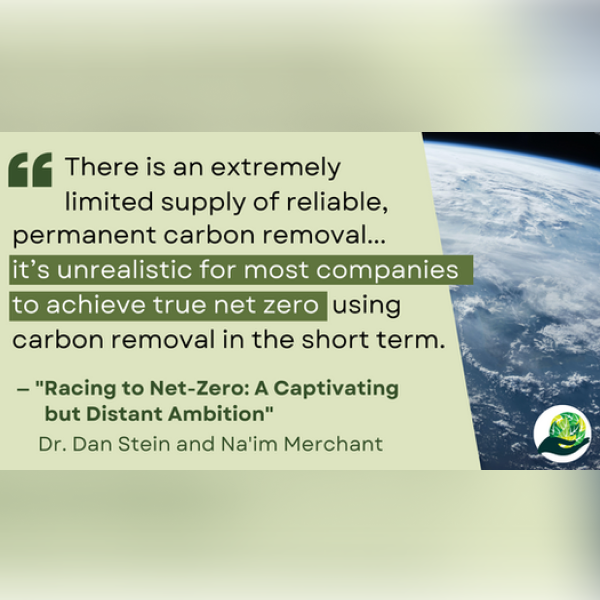

.png)

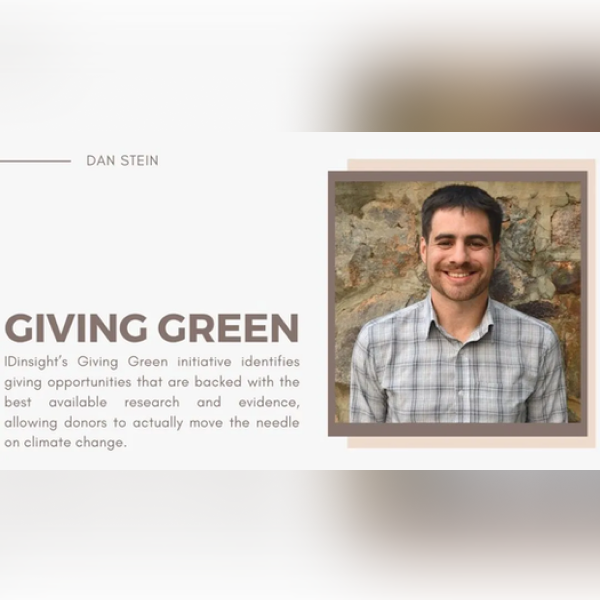

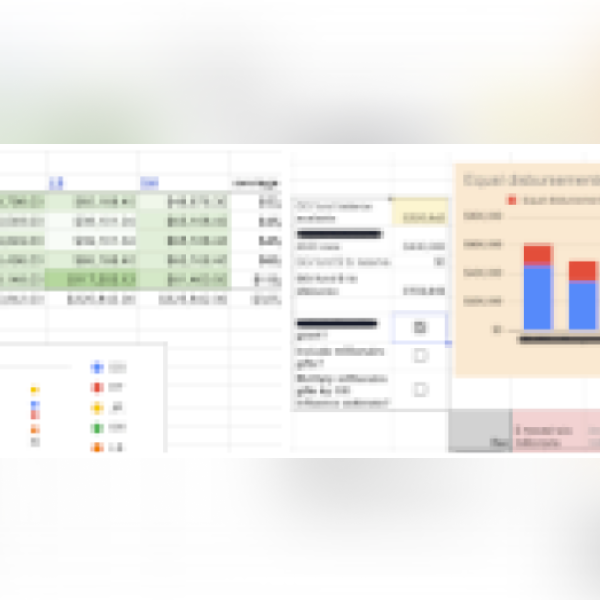

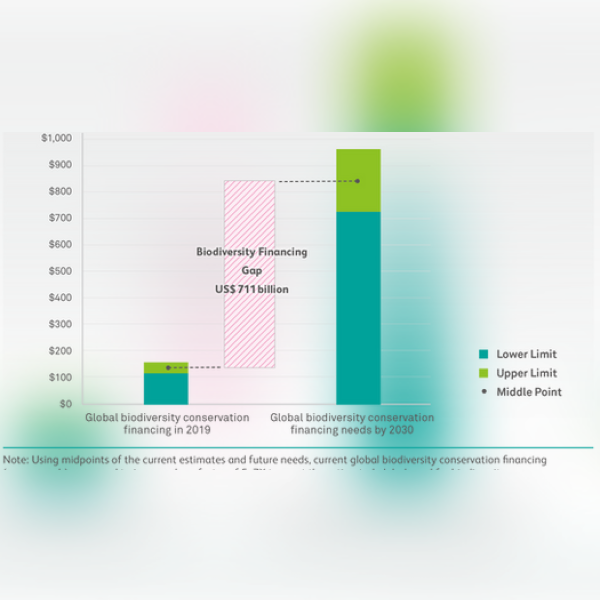

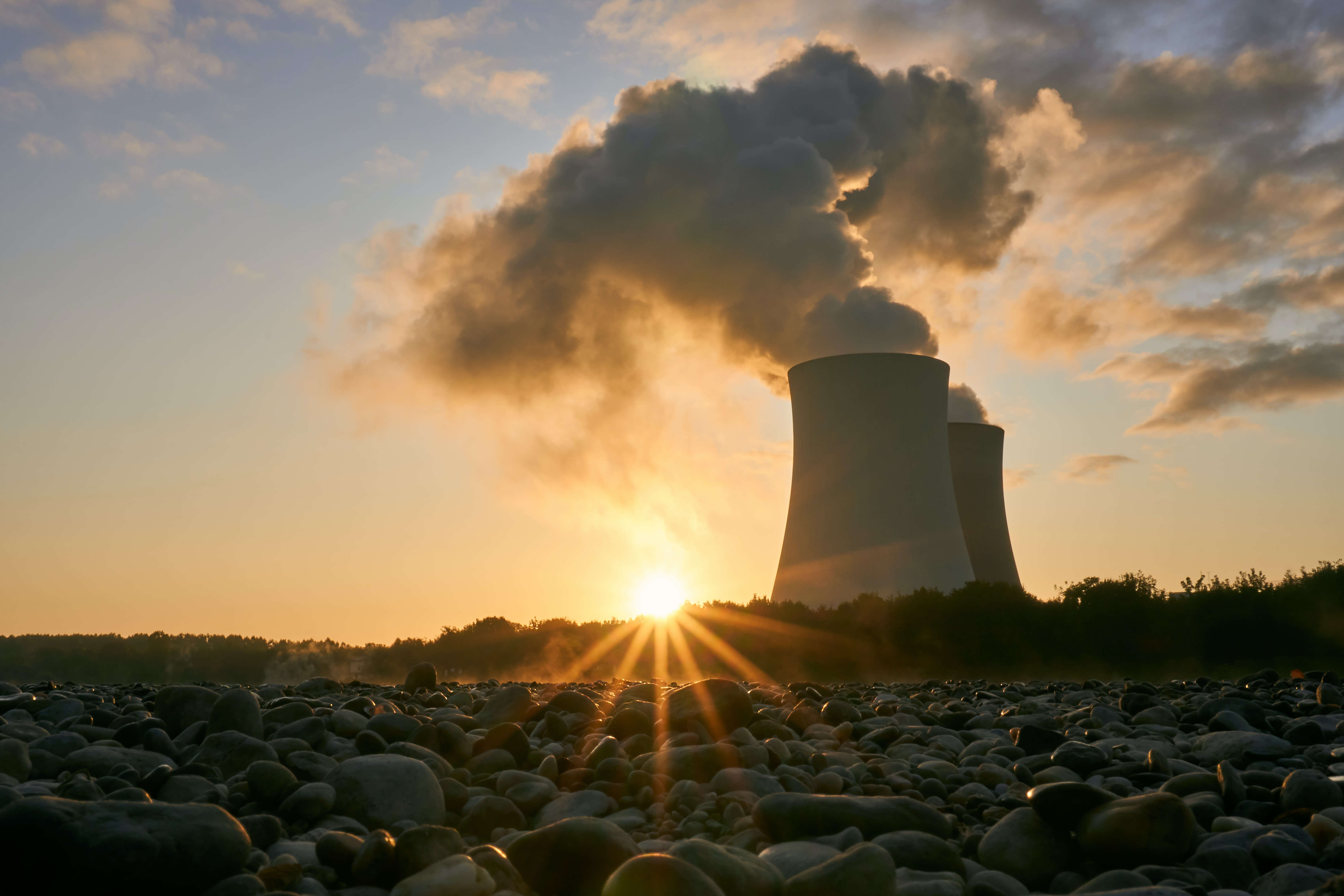


.png)
.png)
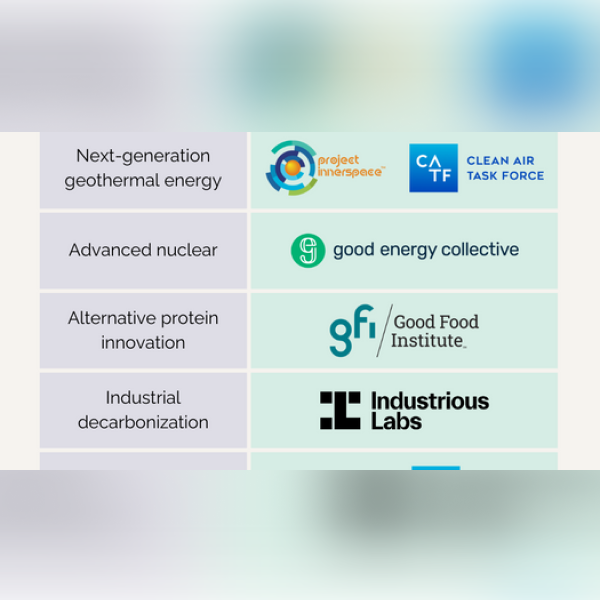

.png)
.png)

.png)












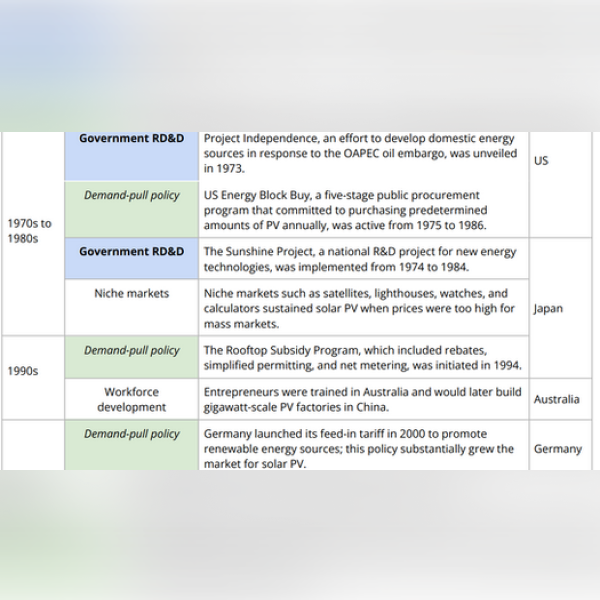

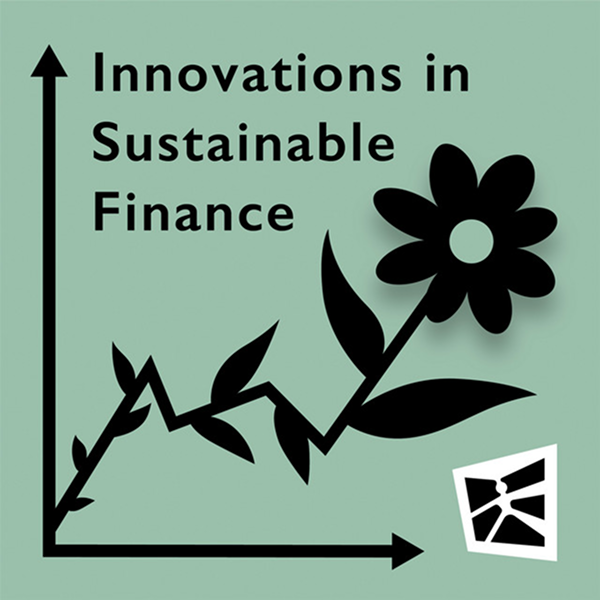

.png)


